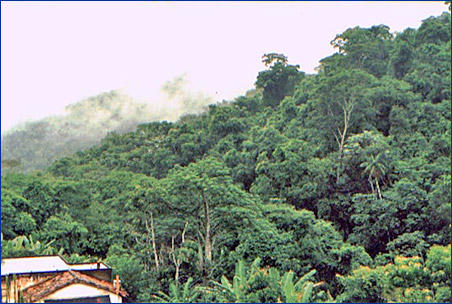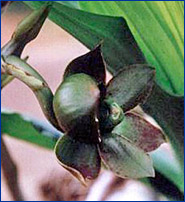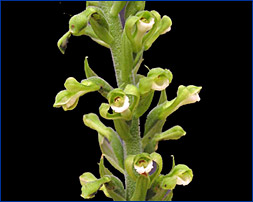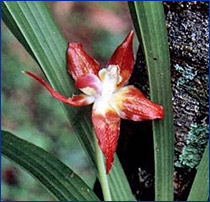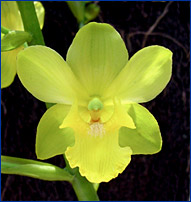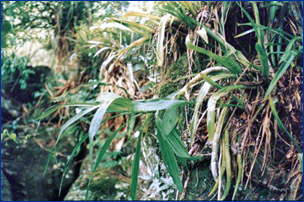by Luiz Menini Neto |
The
state of Minas Gerais occupies 588.384 km2, which corresponds at about
7% of the national territory, enclosing inside its area, part of the
three big Brazilian biomes: caatinga (*), Atlantic Forest and cerrado
(savannah), that, together, shelter a great variety of distinct phytophysiognomies,
resulting in an admirable diversity (Costa et al., 1998). In the state, we should point out the rupestrian fields (campos rupestres), a herbaceous-undershrub vegetation which occurs in mountainous areas above 900 meters, recognized by the great richness of species and endemism (Joly, 1970; Giulietti et al. 1987, 2000; Menezes & Giulietti, 2000). The flora of the state has suffered and still suffers with the vast areas destroyed all along the centuries, due to the various economical cycles by which the country underwent. This becomes worrying as, still today, little is known about the diversity existent in this big state and much has been destroyed em high velocity, by deforestation for the plantation, pasturage and/or the mining. Floristic surveys including terrestrial or epiphyte herbs, occurring in wood areas, in special those inside the family Orchidaceae, are rare for the state. In this way, the surveys are necessary aiming to know and to preserve what still resists to the devastation provoked by the man. A compilation of the results of some works with Orchidaceae from the state of Minas Gerais will be present bellow (published in the magazines Rodriguésia 55(84): 137-156. 2004; Lundiana 5(1): 9-27. 2004; and Boletim CAOB 48(2): 35-40. 2002, respectively– the last one just present partial data). Those works are part of the floristic surveys of the vascular species in the three areas. |
